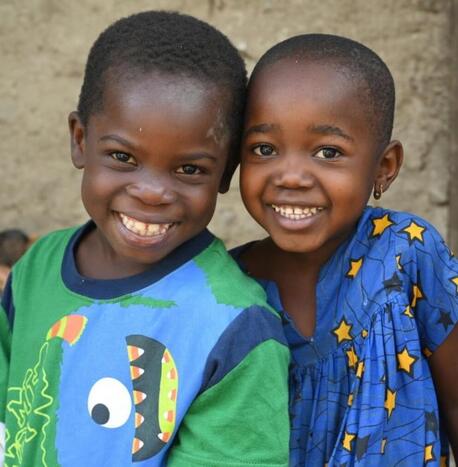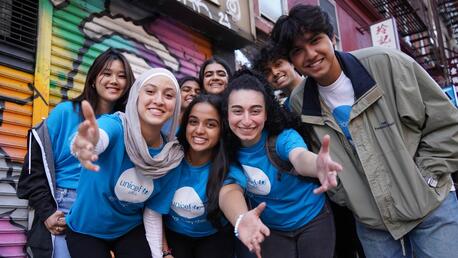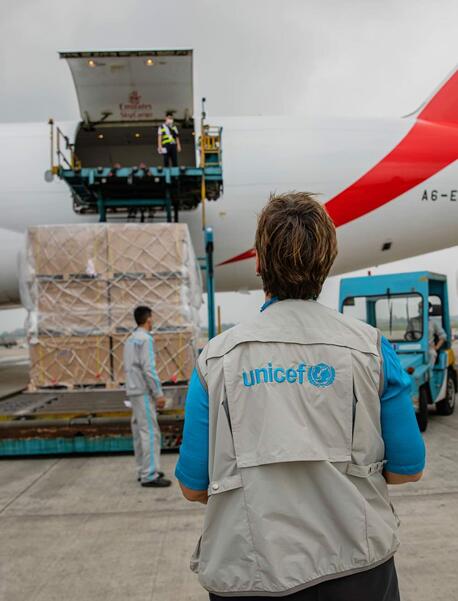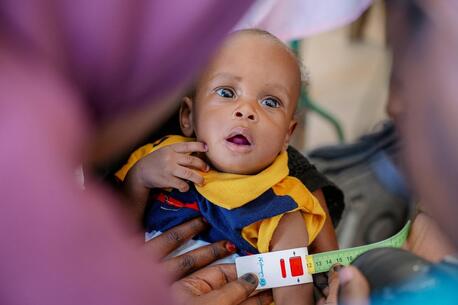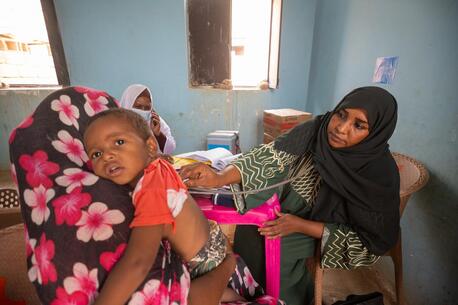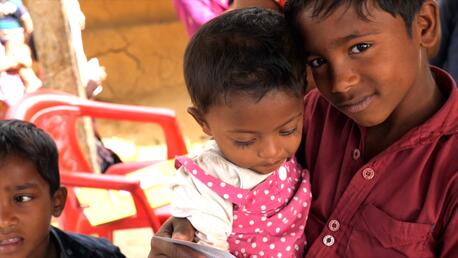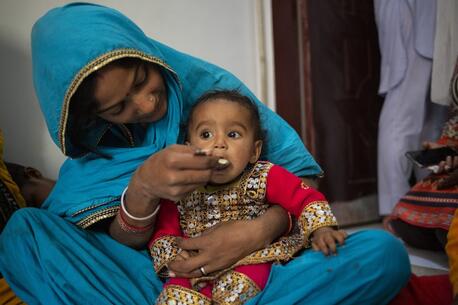
UNICEF on Global Child Food Poverty: Change Is Possible
In a new report, UNICEF examines the status, trends, inequities and drivers of child food poverty in early childhood — and how some countries are successfully addressing it.
Drawing on what works to shape an agenda for action
UNICEF released a new report on the impacts and causes of dietary deprivation among the world's children, calling for urgent action to end severe child food poverty — a key driver of child malnutrition.
In Child Food Poverty: Nutrition Deprivation in Early Childhood, UNICEF reveals that 1 in 4 children — 181 million children globally — are living in severe child food poverty due to inequity, conflict and the climate crisis, and that children experiencing this level of food poverty are up to 50 percent more likely to suffer from life-threatening malnutrition, or wasting.
Children who consume, at most, two of the eight defined food groups are considered to be in severe child food poverty.
Key drivers include food systems that fail to provide children with nutritious, safe and accessible options; families’ inability to afford nutritious foods; and the inability of parents and caregivers to adopt and sustain positive child feeding practices. Around 64 million of affected children are in South Asia, and 59 million are in sub-Saharan Africa, according to the report.
"The challenges seem insurmountable – but they are not," UNICEF Executive Director Catherine Russell writes in the foreword. "Ending this scourge on children is a political choice and we already know many of the solutions. Our report makes clear that child food poverty is a failure of systems – not a failure of parents and families – and that change is possible."
In fact, progress toward ending child food poverty is already happening, including in some challenging contexts.
Progress against child food poverty in Burkina Faso
For example: Burkina Faso — despite facing multiple challenges, including political and social instability, erratic rainfall, endemic poverty and food insecurity — was able to lower the percentage of children living in severe child food poverty by half — from 67 percent in 2010 to 32 percent in 2021 — while reducing child stunting from 35 percent to 23 percent during the same period.
UNICEF's report cites facilitating factors such as strong government leadership, effective social and behavior change interventions and strong social safety net programs. Government efforts to promote and support the production and consumption of nutritious foods has also helped.
With UNICEF's support, Burkina Faso has been been empowering communities to improve feeding practices, the report notes — thanks largely to a workforce of 17,000 trained community health workers and a network of almost 40,000 mother support groups reaching parents and caregivers with information and counseling on child feeding.
How Rwanda reduced severe child food poverty
Rwanda is another success story. Between 2010 and 2020, the percentage of children in Rwanda living in severe child food poverty fell by more than one-third, from 20 percent to 12 percent — a prevalence rate below many middle-income countries.
The UNICEF report details several contributing factors, including government leadership and sound policies, and investment in crop diversification focusing on fruits, vegetables and legumes, among other measures.
Rwanda also scaled up its community-based nutrition services through its established network of community health workers (CHWs) — three in every village of 50 to 100 households — each trained to counsel parents and caregivers on child feeding practices. CHWs in Rwanda conduct home visits and organize group sessions; paid performance-based incentives reward quantity and quality of service.
Social protection programs that provide cash assistance to poor families have also helped improve young children’s diets.
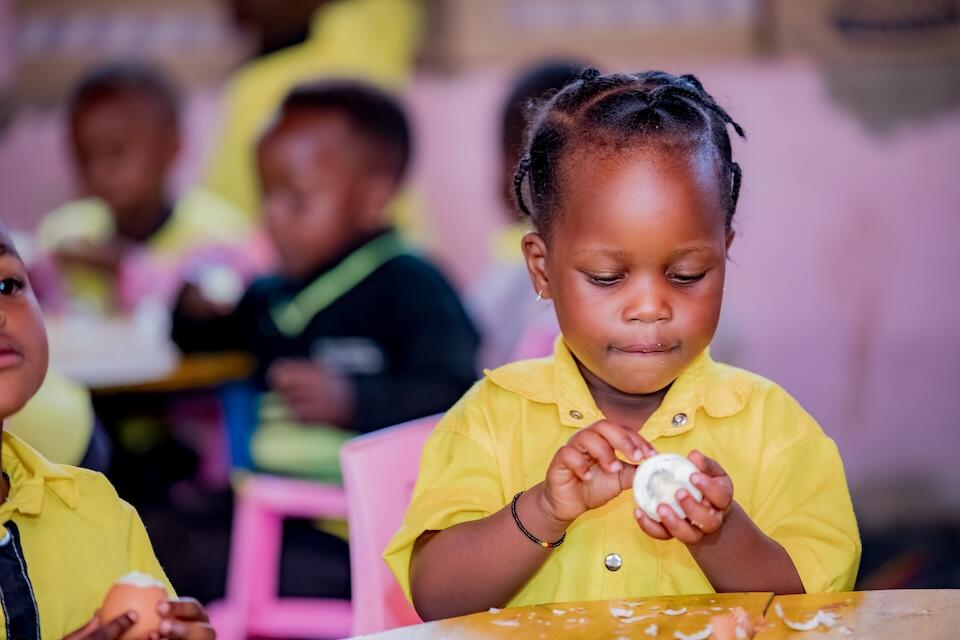
The remarkable case of Peru
Peru reduced overall child food poverty from 26 percent to 16 percent and severe child food poverty from 7 percent to 2.7 percent between 2007 and 2021 — a feat UNICEF attributes to sound policy and program actions and an active civil society that has managed to sustain political commitment to the cause across parties and administrations since 2006.
Other good moves: setting clear targets, focusing resources on evidence-based interventions, prioritizing spending on the poorest communities and introducing results-based financing. Framing social protection programs around nutrition has also helped.
UNICEF covers these tactics and more in its look at what has worked well fin Peru — and the challenges that remain.
Children living in child food poverty are among the most deprived and disadvantaged children in the world. They are denied the power of good nutrition during the time in their lives when it matters most. — UNICEF Executive Director Catherine Russell
Drawing from experiences in different countries, as Russell notes, UNICEF outlines an agenda for tackling the problem, recommending action to transform food systems, leverage health systems and activate social protection systems in ways that put children’s rights to food and nutrition at the center.
"Children living in child food poverty are among the most deprived and disadvantaged children in the world," Russell writes. 'They are denied the power of good nutrition during the time in their lives when it matters the most.
"We must mobilize the collective resources of governments, development and humanitarian organizations, civil society, financial partners, academic organizations and the food and beverage industry to fix the failing systems that have entrenched this injustice for far too long."
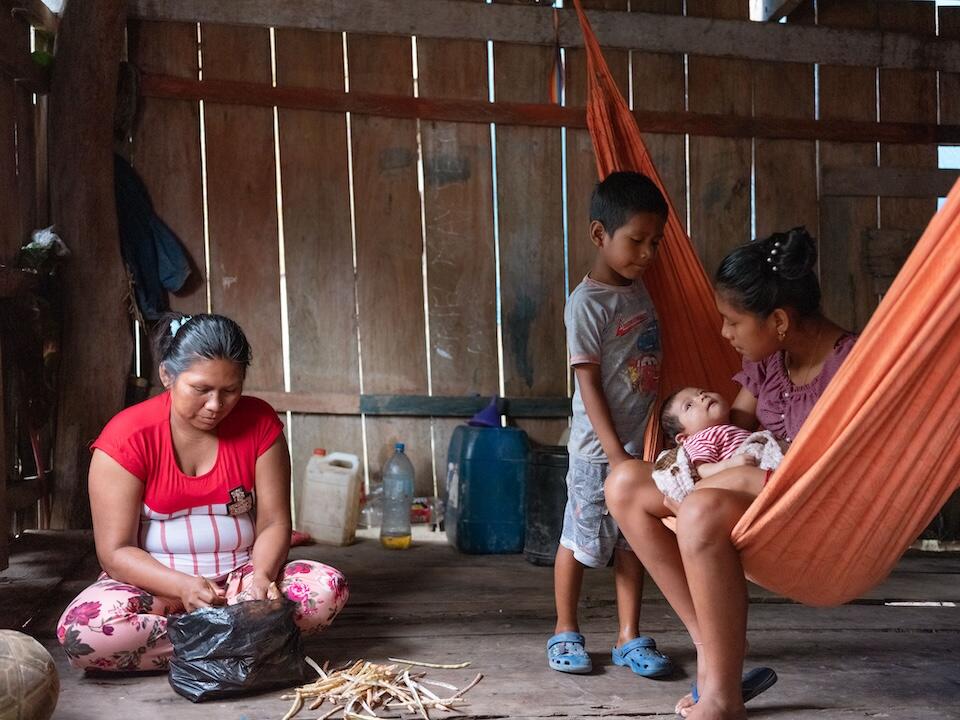
Learn more about how other countries have approached child food poverty and the specifics of UNICEF's call to action for governments and other partners. Download the full report from this summary page.
UNICEF won't stop until every child can survive and thrive. Support UNICEF. Donate today.
HOW TO HELP
There are many ways to make a difference
War, famine, poverty, natural disasters — threats to the world's children keep coming. But UNICEF won't stop working to keep children healthy and safe.
UNICEF works in over 190 countries and territories — more places than any other children's organization. UNICEF has the world's largest humanitarian warehouse and, when disaster strikes, can get supplies almost anywhere within 72 hours. Constantly innovating, always advocating for a better world for children, UNICEF works to ensure that every child can grow up healthy, educated, protected and respected.
Would you like to help give all children the opportunity to reach their full potential? There are many ways to get involved.
